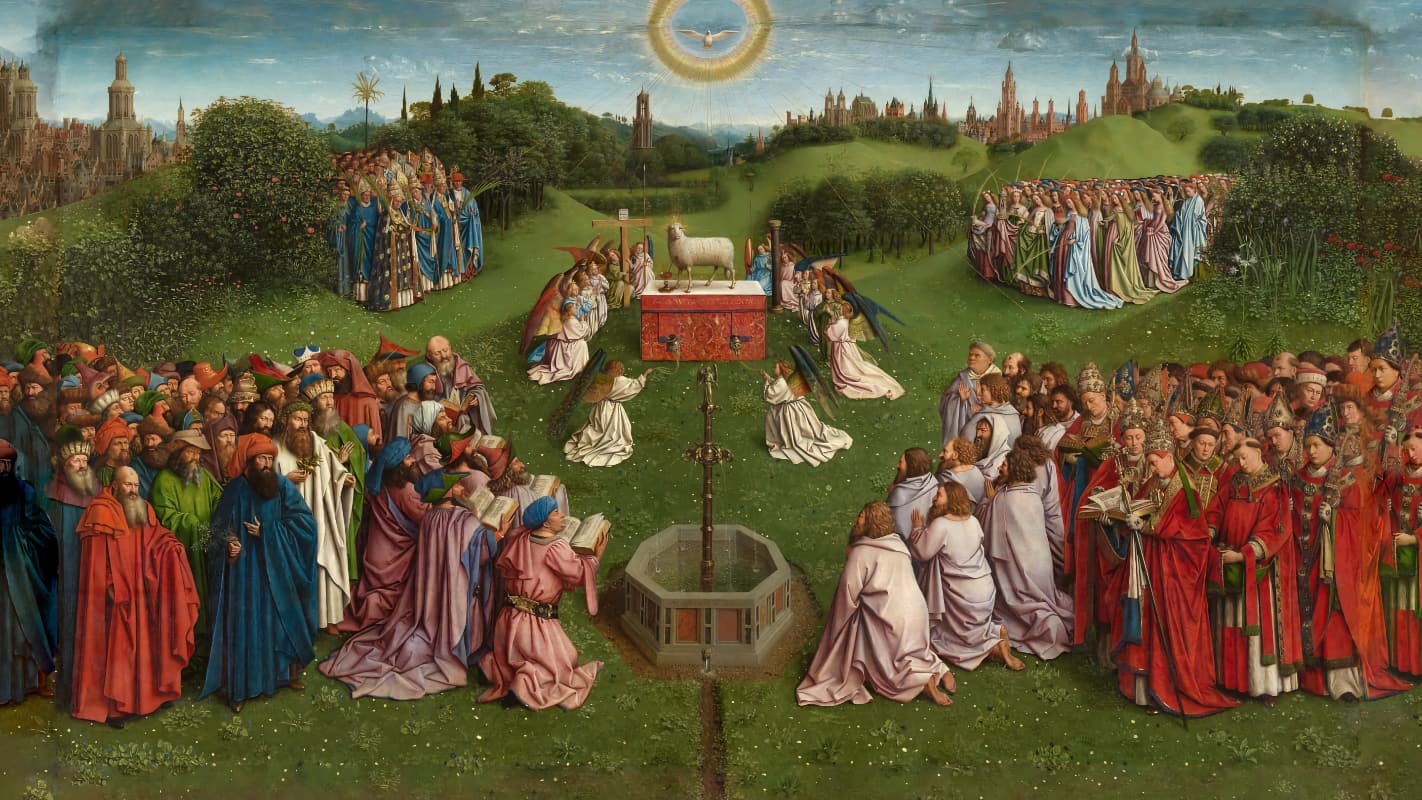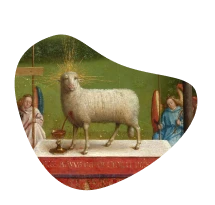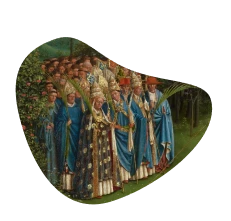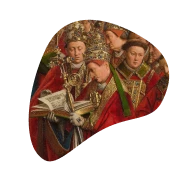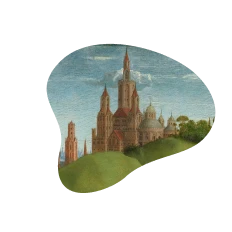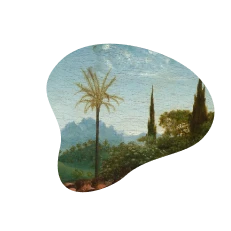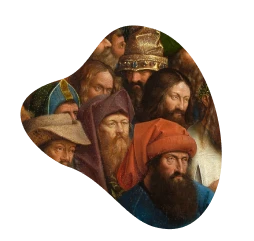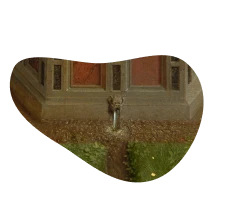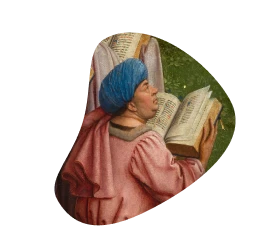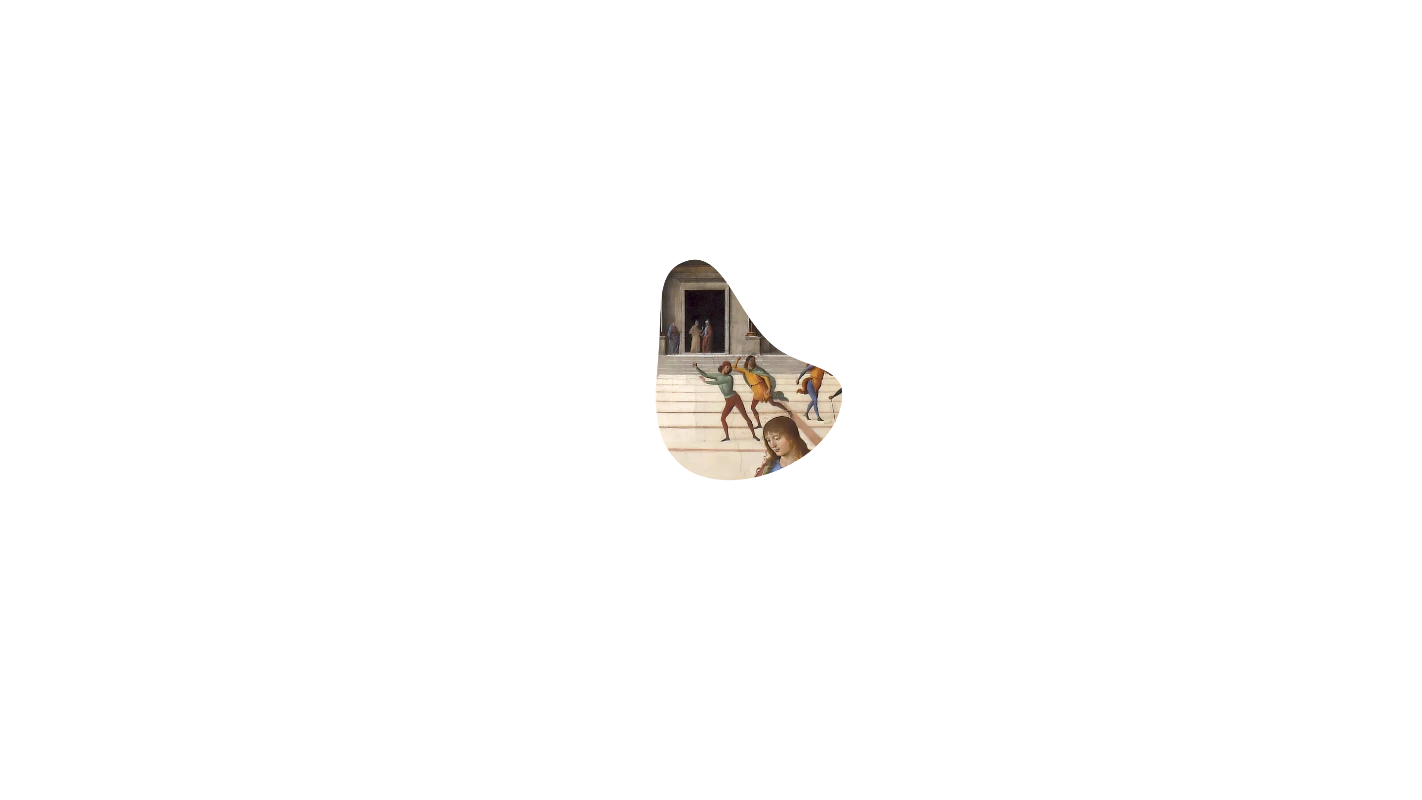With the Missa Pange lingua we finally come to a setting which has united rather than divided its commentators. Everyone agrees that it is a late work, quite possibly Josquin’s last mass, and in many ways his finest. It sums up some of the things he was striving to perfect in his earlier settings, while advancing his compositional language towards the methods of the mid-16th century. It was in this work that Josquin finally made the art of imitation, by which all the voices must be treated as being equal, of primary importance. The way in which he took a plainchant hymn (written by Thomas Aquinas for the feast of Corpus Christi) and divided its six short phrases so straightforwardly among all four voice-parts had profound repercussions for later Renaissance music throughout Europe.
After Pange lingua Josquin finally turned away from the genre and began to concentrate on smaller forms.
The preferred date of composition has been after 1514, which was the year of Petrucci’s last book of Josquin’s masses, where it doesn’t appear. However, given that by this time Josquin was living back in Condé-sur-l’Escaut, a long way from Fossombrone (where Petrucci was), it is quite possible that he wrote the mass earlier than 1514, which Petrucci didn’t know. The fact that it suddenly appears in seven sources throughout Europe around 1515, all originating a long way from where Josquin was, might suggest a considerably earlier date of composition. Nonetheless, apart possibly from Mater Patris, we are still referring to Josquin’s last mass, written when he was over 60. After Pange lingua he finally turned away from this genre and began to concentrate on smaller forms in more than four voices.
The sound-world of this setting is determined by the vocal ranges, which finally come closer to the modern practice of SATB (soprano, alto, tenor, and bass), especially if the music is transposed up a minor third, which it standardly has been in recent decades. The middle parts still constantly overlap, but although they both have the same lowest note, there is a crucial difference of a third in their top notes. This difference really does help to define this piece—in all the other masses, even the late ones, these parts peak on the same note or within a note of each other. The more open sonority this gives is detectable, especially in transposition.
The slow abandonment of the chant as a starting point for the middle movements is unique. Josquin was heading for wide open spaces as he concluded his mass career.
This openness of scoring is unhindered by strict canon or clever mathematics of any kind. Pange lingua is more like Malheur me bat than Sine nomine, with the model—here monophonic—subsumed into the prevailing texture with all the sophistication shown in Malheur me bat, and arguably quite a bit more. To be precise the first nine bars of the first Kyrie are based on the first phrase of the hymn. Its second phrase is used in the next section, phrases three and four appear in the Christe, and phrases five and six in the second Kyrie. After that only a few phrases of the hymn are heard in the Gloria, Credo and Sanctus, though the entire melody is quoted in Agnus III. This slow abandonment of the chant as a starting point for the middle movements is also unique. Josquin was heading for the wide open spaces as he concluded his mass career.

Apart from the long duets at “Pleni sunt caeli” and Agnus II (which both seem like canon at times but are not strict), the most arresting writing comes in the Benedictus, “Hosanna,” and Agnus III. The Benedictus is truly a bold conception, taking the now-customary method of conjoined duets a stage further, by having just two voices answering each other in the most fragile of conversations. This is the kind of simplicity that can inspire a composer who has tried it all. The “Hosanna” is also extraordinary, with its deliberate change from duple to triple time. In other “Hosannas” (Ave maris stella, Malheur me bat) he swopped between them quickly, or even had them both going at the same time; but here the sections are substantial and demarked.
The third Agnus Dei is one of those crowning glory movements, summing up what has gone before, though this time Josquin did his summing without canon. Here he simply quoted the hymn complete, the first time in the mass that he did that. It is heard first in long note values and then in a more or less free elaboration. Towards the end its last six notes are transformed into a peaceful motif that turns the closing passage into an insistent prayer.
© Peter Phillips / Gimell Records
